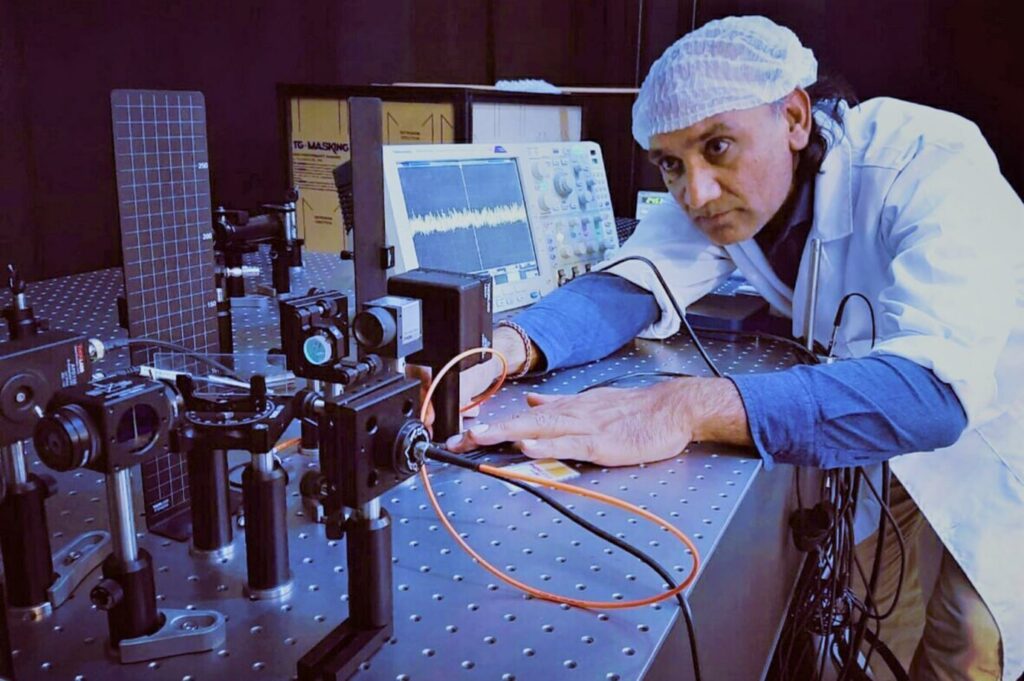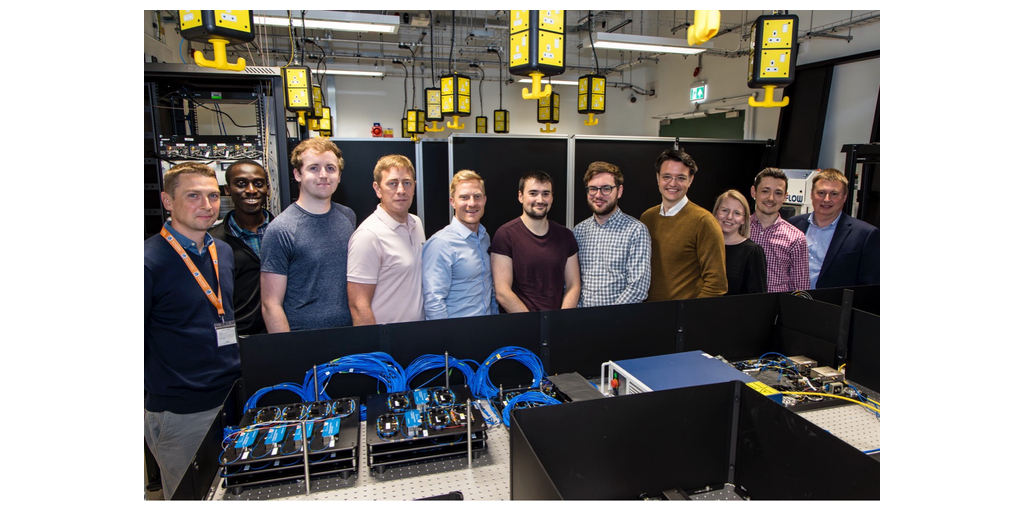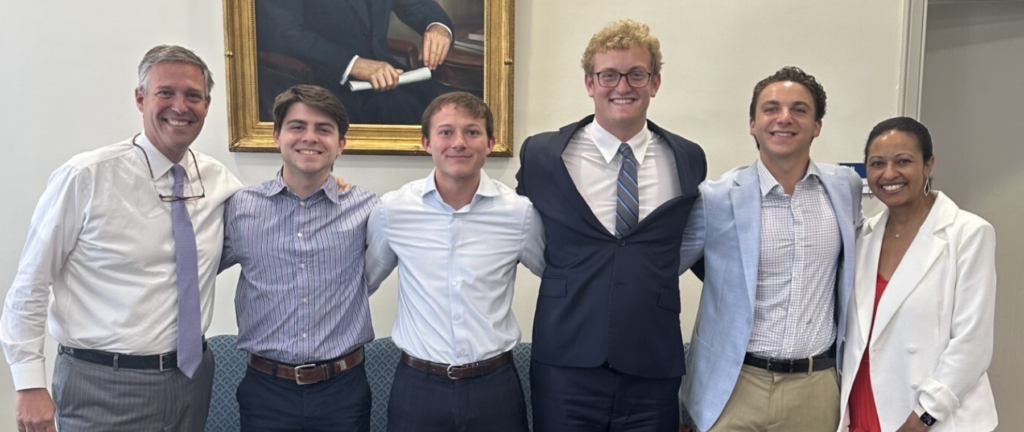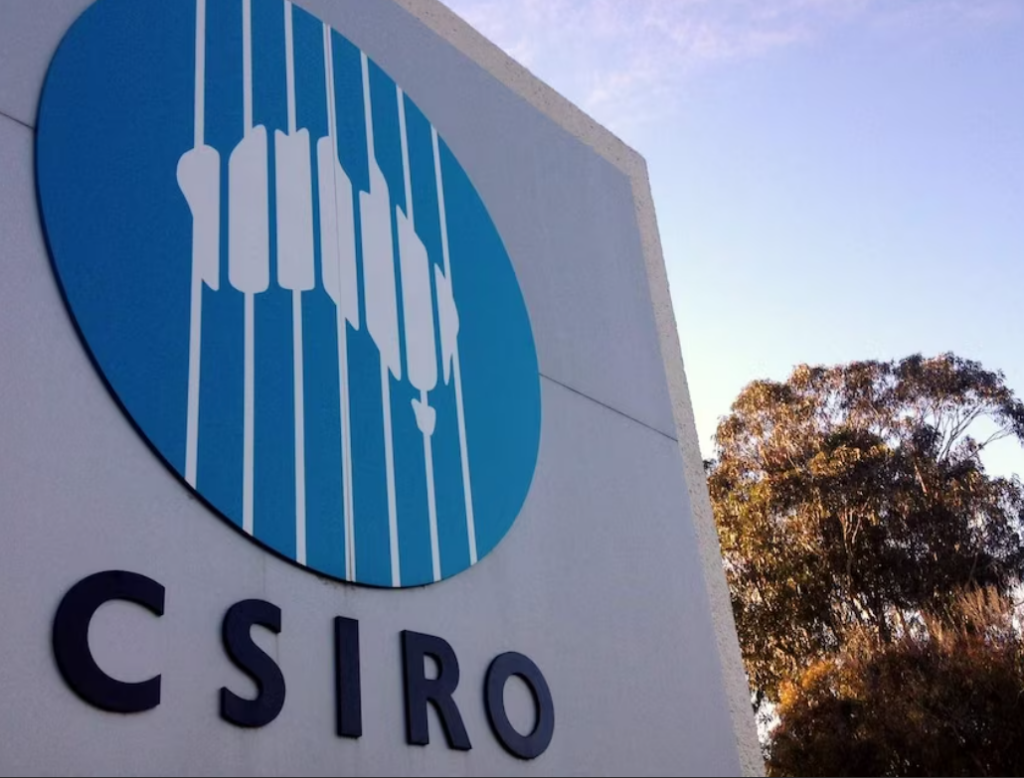Insider Brief
- Quantinuum recently worked with Microsoft Azure Quantum and KPMG on a project that involved Microsoft’s Q# language and Quantinuum’s System Model H1.
- KPMG’s quantum team wanted to translate an existing algorithm into Q# and take advantage of the unique capabilities of the H-series, particularly qubit reuse, mid-circuit measurement, and all-to-all connectivity.
- For the first time, a third party code will be available for end-users on Microsoft’s Azure portal.
COMPANY RESEARCH NEWS — Quantinuum recently worked with Microsoft Azure Quantum and KPMG on a project that involved Microsoft’s Q# language and Quantinuum’s System Model H1, according to a Quantinuum blog post.
The post reports that there is a growing effort to simplify the use of quantum computers for engineers and developers by translating high-level coding languages and tools into quantum circuits. Many of these efforts focus on hybrid quantum-classical workflows, which allow problems to be solved by taking advantage of the strengths of different modes of computation. Microsoft is a significant contributor to this effort, providing access to multiple quantum computing systems through Azure Quantum and a founding member of the QIR Alliance, a cross-industry effort to make quantum computing source code portable across different hardware systems and modalities. Quantinuum, one of the largest integrated quantum computing companies, recently became a QIR steering member and supports multiple open-source eco-system tools, including its own family of open-source software development kits and compilers.
KPMG’s quantum team wanted to translate an existing algorithm into Q# and take advantage of the unique capabilities of the H-series, particularly qubit reuse, mid-circuit measurement, and all-to-all connectivity. Q# and QIR offered an abstraction from hardware-specific instructions, allowing the KPMG team to make the best use of the H-Series and take advantage of runtime support for measurement-conditioned program flow control and classical calculations within runtime.
As a result of the project, a third party code — for the first time — will be available for end-users on Microsoft’s Azure portal.

Microsoft recently announced the rollout of integrated quantum computing on Azure Quantum, an important milestone in Microsoft’s Hybrid Quantum Computing Architecture, which provides tighter integration between quantum and classical processing. This new capability is described as a key milestone to unlock a new generation of hybrid algorithms on the path to scaled quantum computing.
The Demonstration
According to the blog post: The team ran an algorithm designed to solve an estimation problem, a promising use case for quantum computing, with potential application in fields including traffic flow, network optimization, energy generation, storage, and distribution, and to solve other infrastructure challenges. The iterative phase estimation algorithm1 was compiled into quantum circuits from code written in a Q# environment with the QIR toolset, producing a circuit with approximately 500 gates, including 111 2-Qubit gates, running across three qubits with one reused three times, and achieving a fidelity of 0.92. This is possible because of the high gate fidelity and the low SPAM error which enables qubit reuse.
The results compare favorably with the more standard Quantum Phase Estimation version described in “Quantum computation and quantum information,” by Michael A. Nielsen and Isaac Chuang.
Quantinuum’s H1 had five capabilities that were crucial to this project:
- Qubit reuse
- Mid-circuit measurement
- Bound loop (a restriction on how many times the system will do the iterative circuit)
- Classical computation
- Nested functions
The project emphasized the importance of companies experimenting with quantum computing, so they can identify any possible IT issues early on, understanding the development environment and how quantum computing integrates with current workflows and processes.
As the global quantum ecosystem continues to advance, collaborative efforts like QIR will play a crucial role in bringing together industrial partners seeking novel solutions to challenging problems, talented developers, engineers, and researchers, and quantum hardware and software companies, which will continue to add deep scientific and engineering knowledge and expertise.
For more market insights, check out our latest quantum computing news here.




















